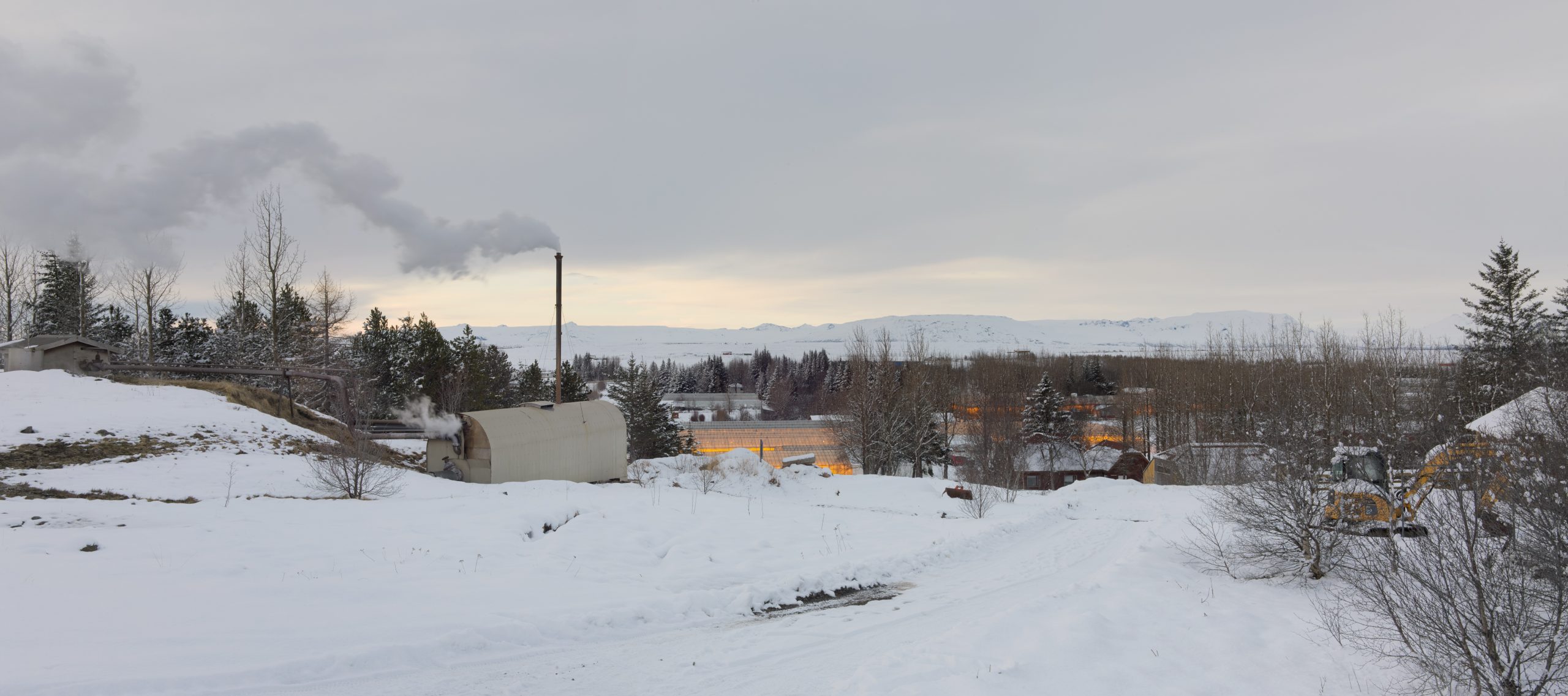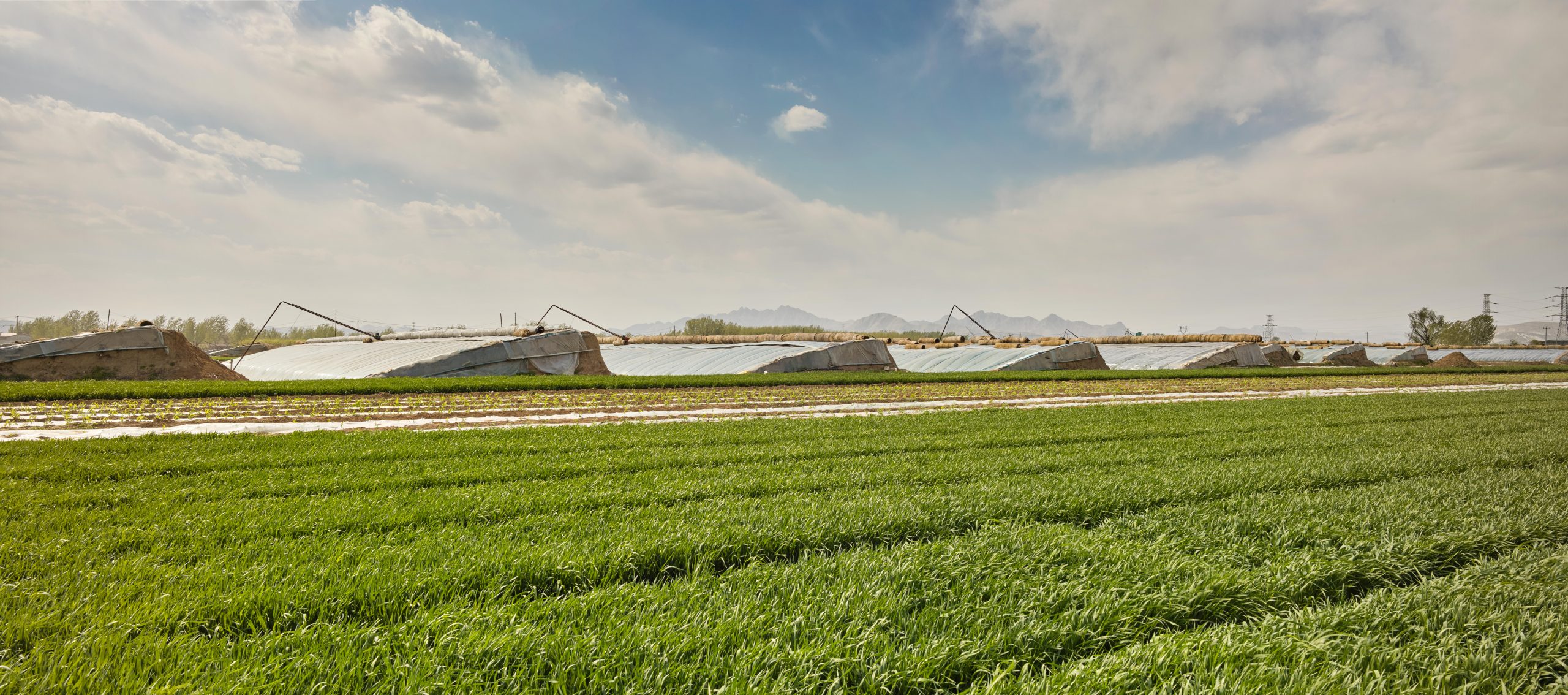
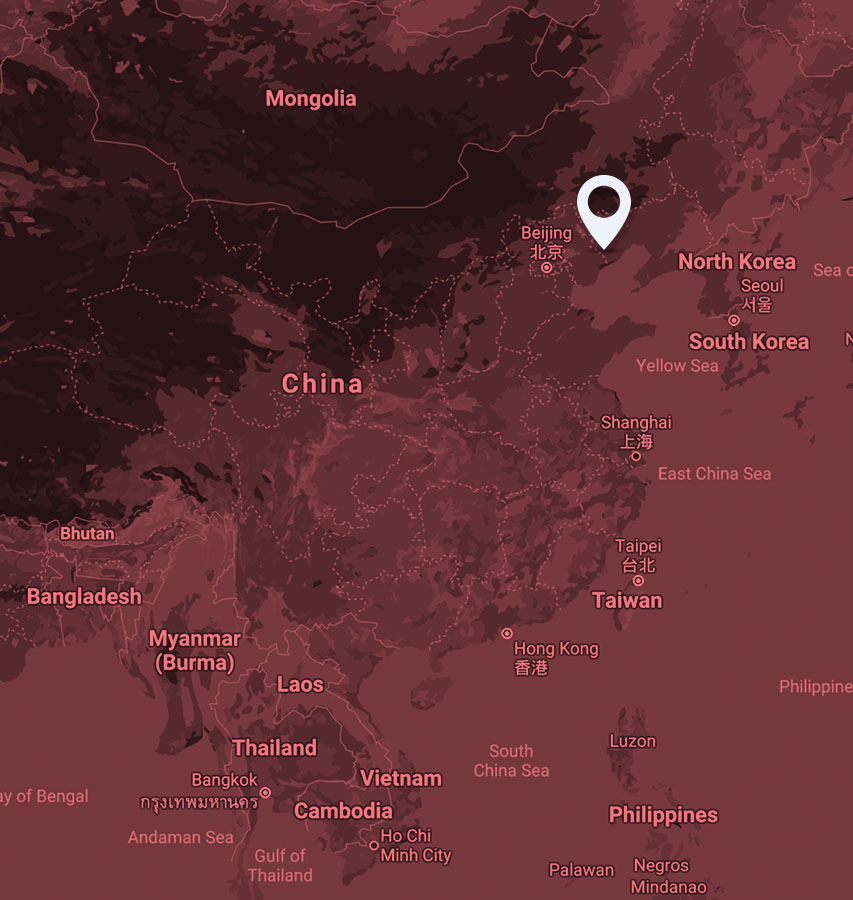
To maximize solar heat collection, the greenhouse faces south but has solid walls on its north (back), east and west sides.
Another feature is that it can be covered with insulating material at night (straw matting, for example), which is rolled up again in the morning.
Most of these greenhouses do not require extra heating during the cold season, yet still manage to avoid freezing temperatures. The precise geometric configuration depends on the latitude. All sorts of variations exist, from very low-tech, build-it-yourself versions made from simple materials (bricks, rammed earth, bamboo etc.) to very high-tech versions made of steel, with mechanical ventilation.
Sources: WUR, FAO, Low-Tech Magazine, Reinventing the Greenhouse and open source ecology
Solar Greenhouses
This type of solar greenhouse is common in China but largely unknown in the rest of the world. The concept originated in the 1970s and ’80s and has been promoted by the Chinese government.
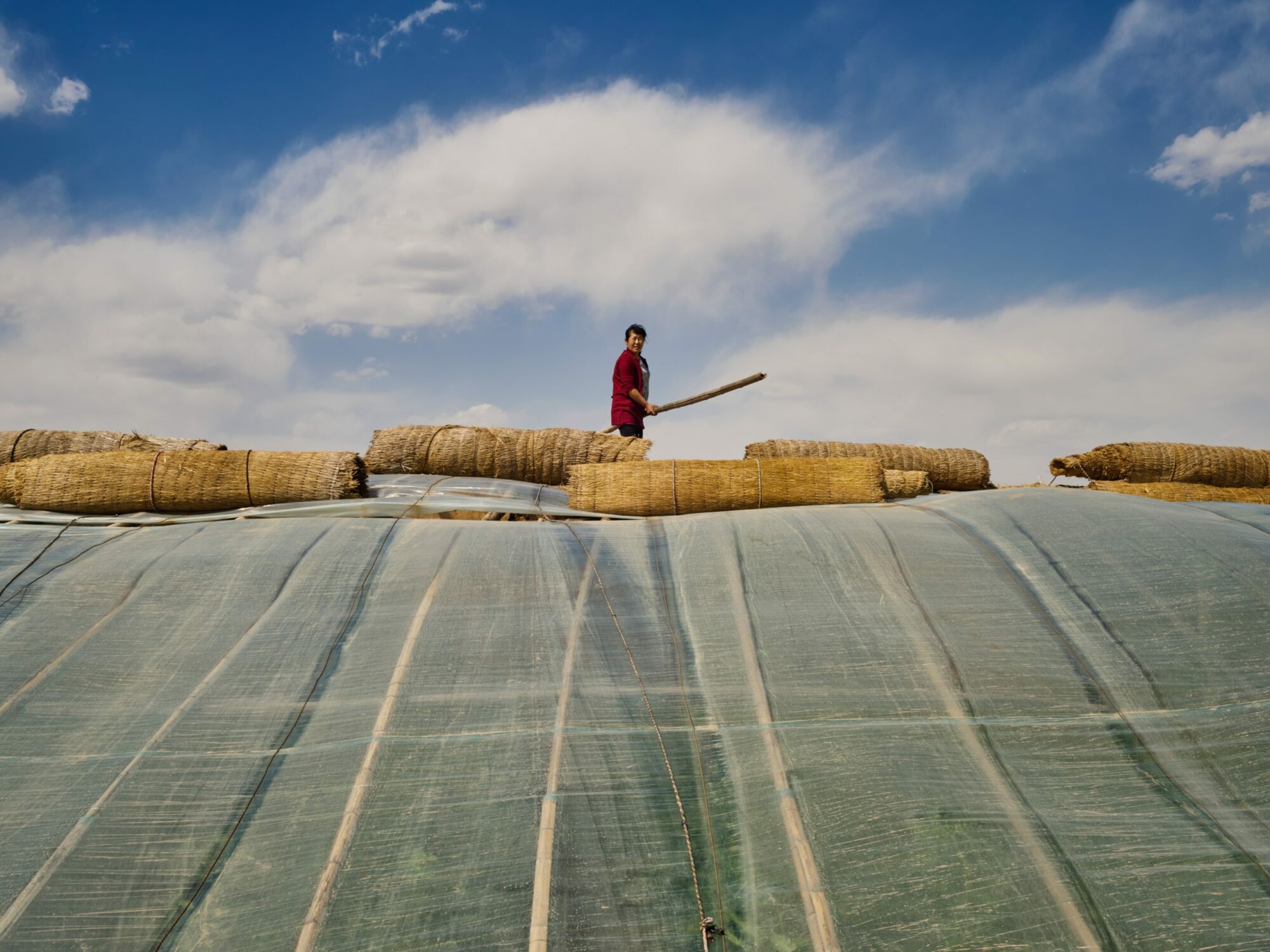
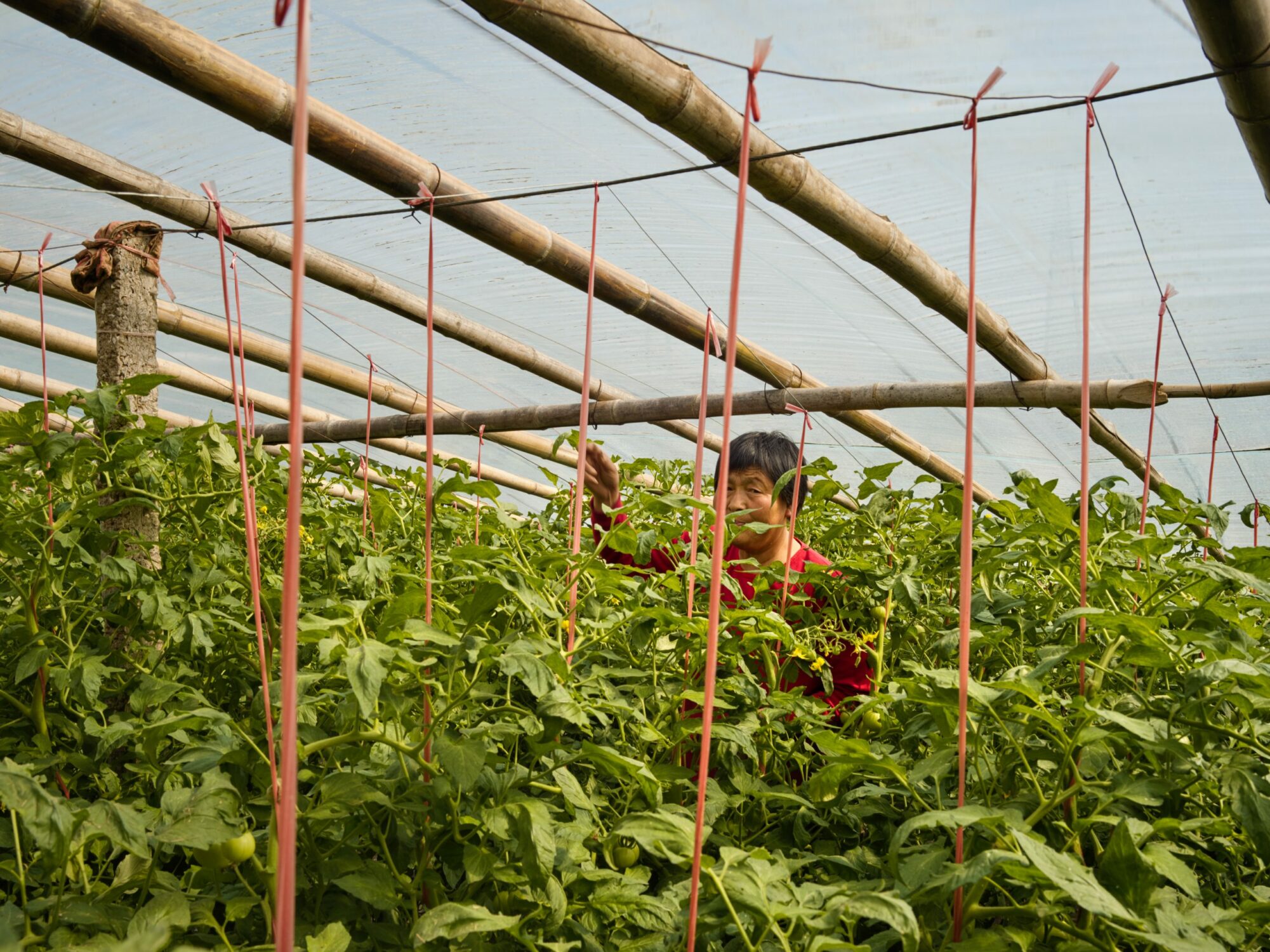
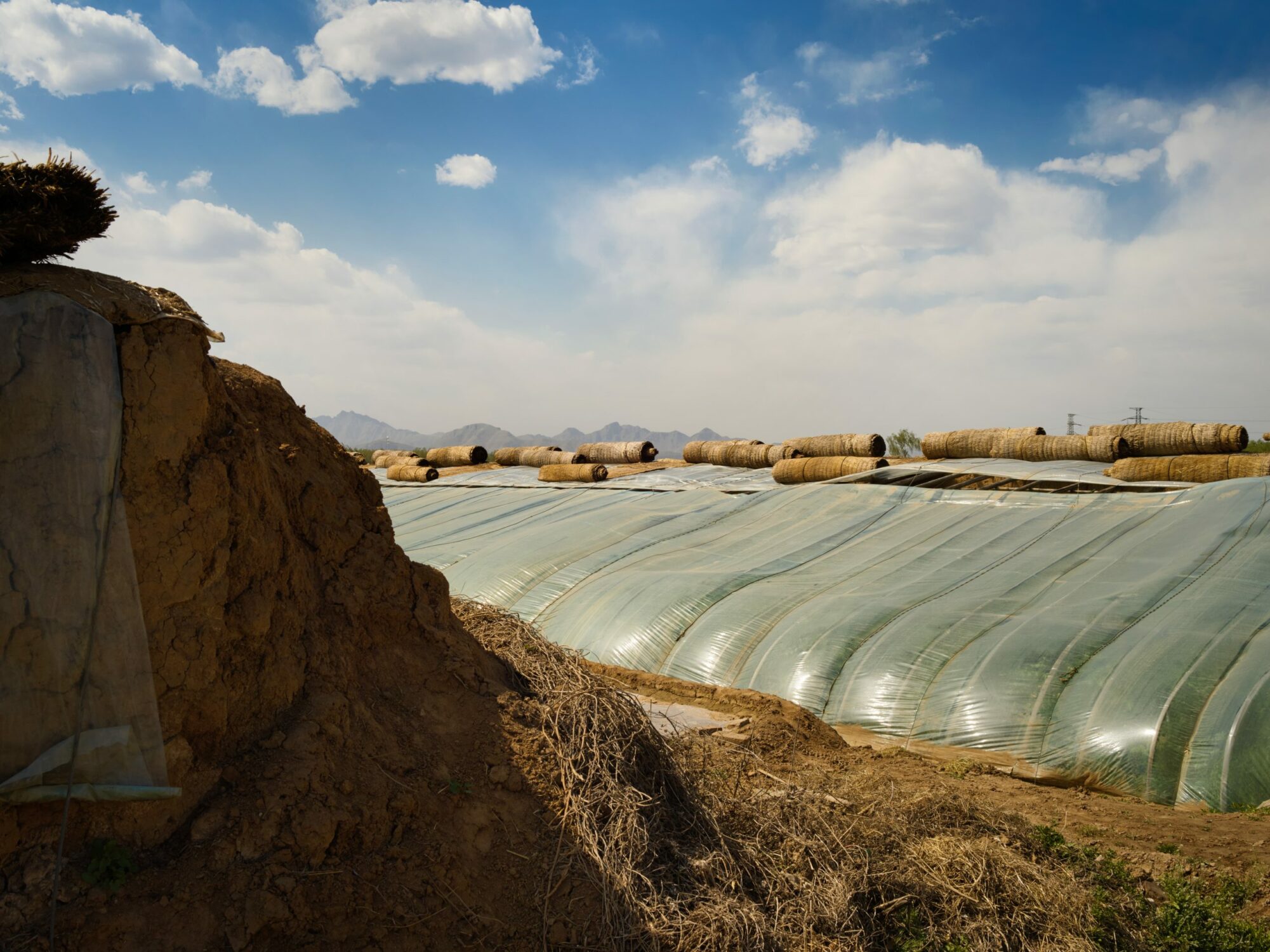
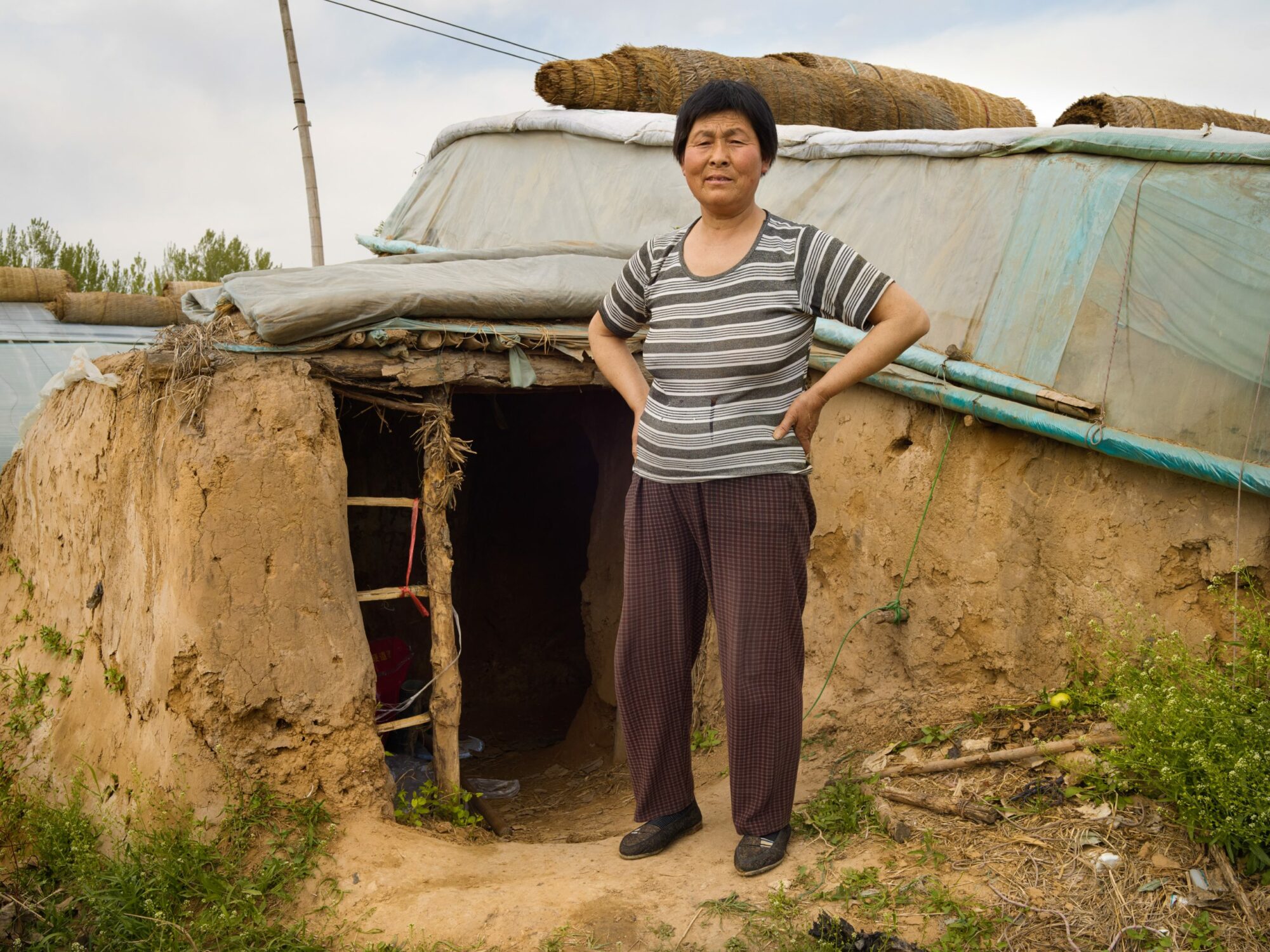
A new approach
This could probably happen only in China: sometime in the 1980s a new approach was introduced on a huge scale in horticulture that looks like an extremely simple idea thousands of years old.
That’s what you think when you see the structures. There are many of them on the open plains outside Beijing, where the winters are long and hard.
On the north-facing side are walls almost a metre thick, made of clay or stamped earth, some around three meters high, some a little less. Fixed to the top is a plastic roof that lets in light, reaching to the ground in a long arc. The roofs rest on unprocessed tree trunks or timber poles. The sun shines on the protected fruit and vegetables all day, while the wall stores heat.
Even on cold winter nights the temperature inside can be fifteen degrees higher than outside. Sometimes an insulating cover of reed mats is added at sunset.
“We catch the Sun and the Walls imprison it.”
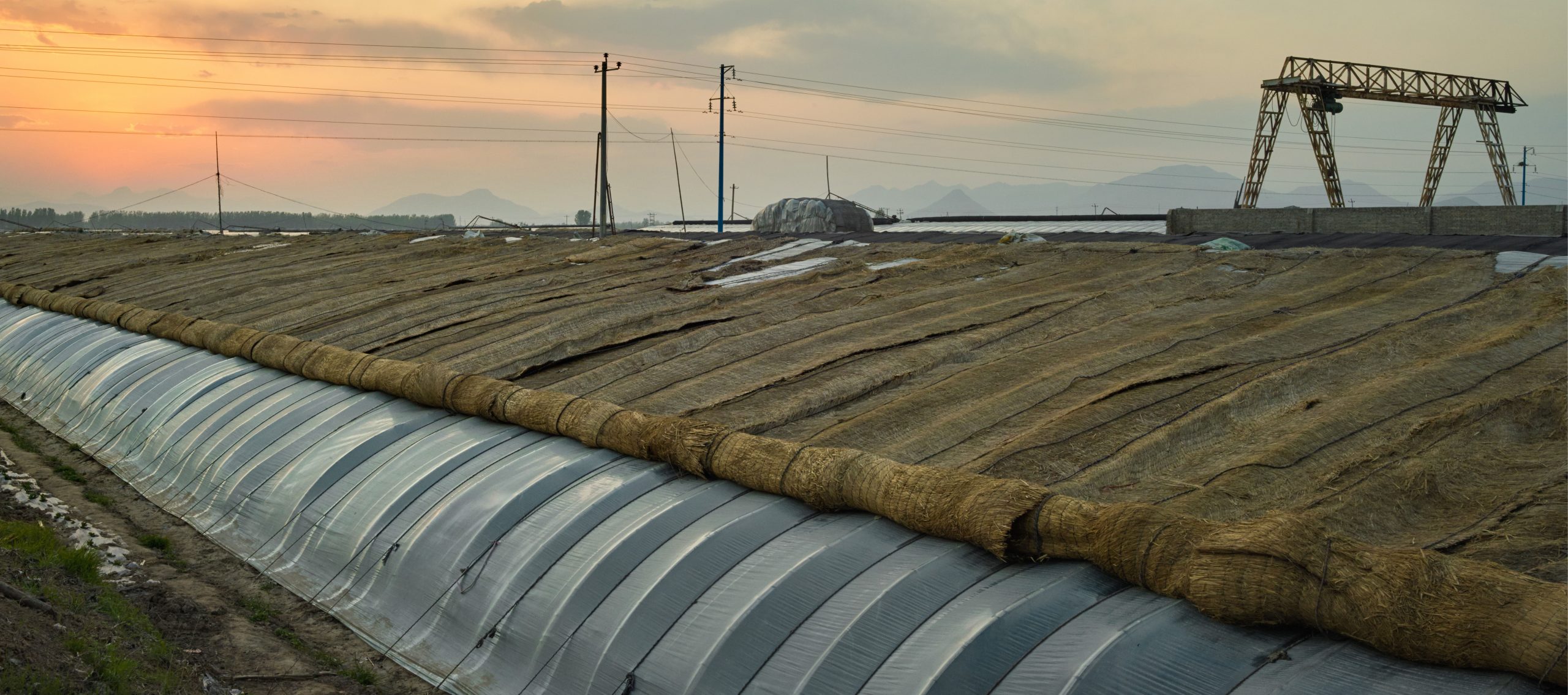
This kind of greenhouse already accounts for 90% of vegetable production for China’s domestic market in winter.
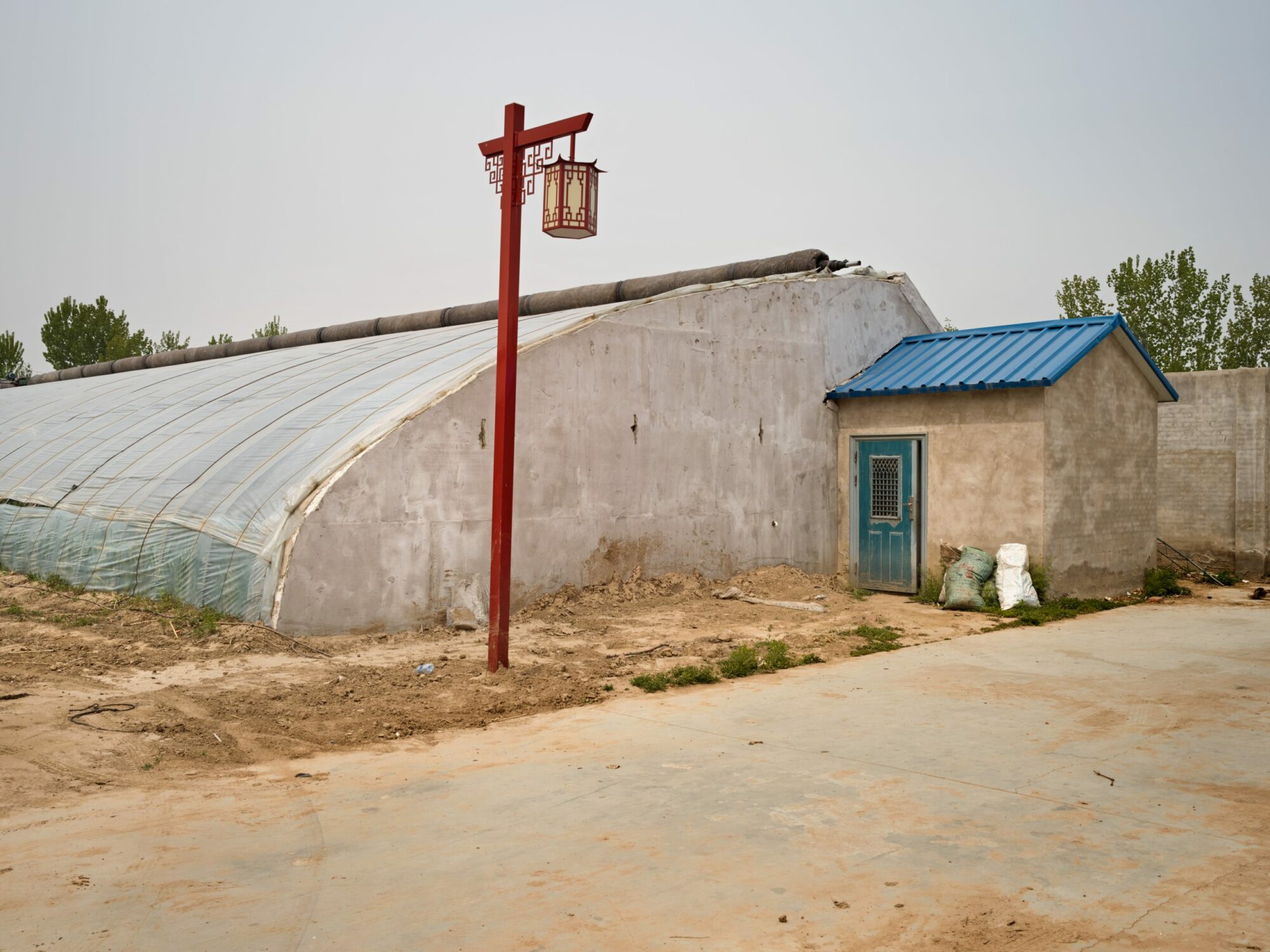

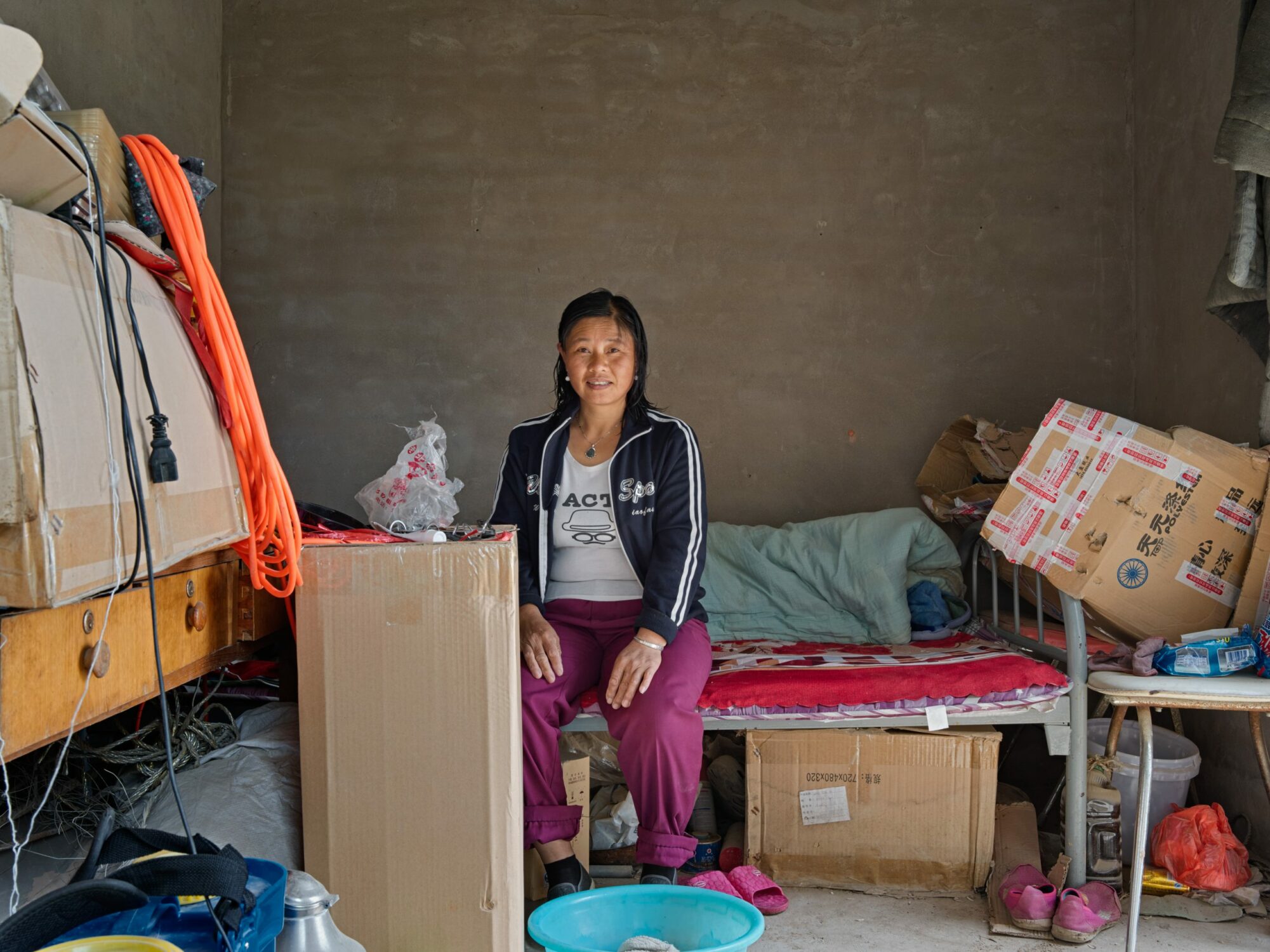
“Because of this small greenhouse I'm assured of an income all year round.”
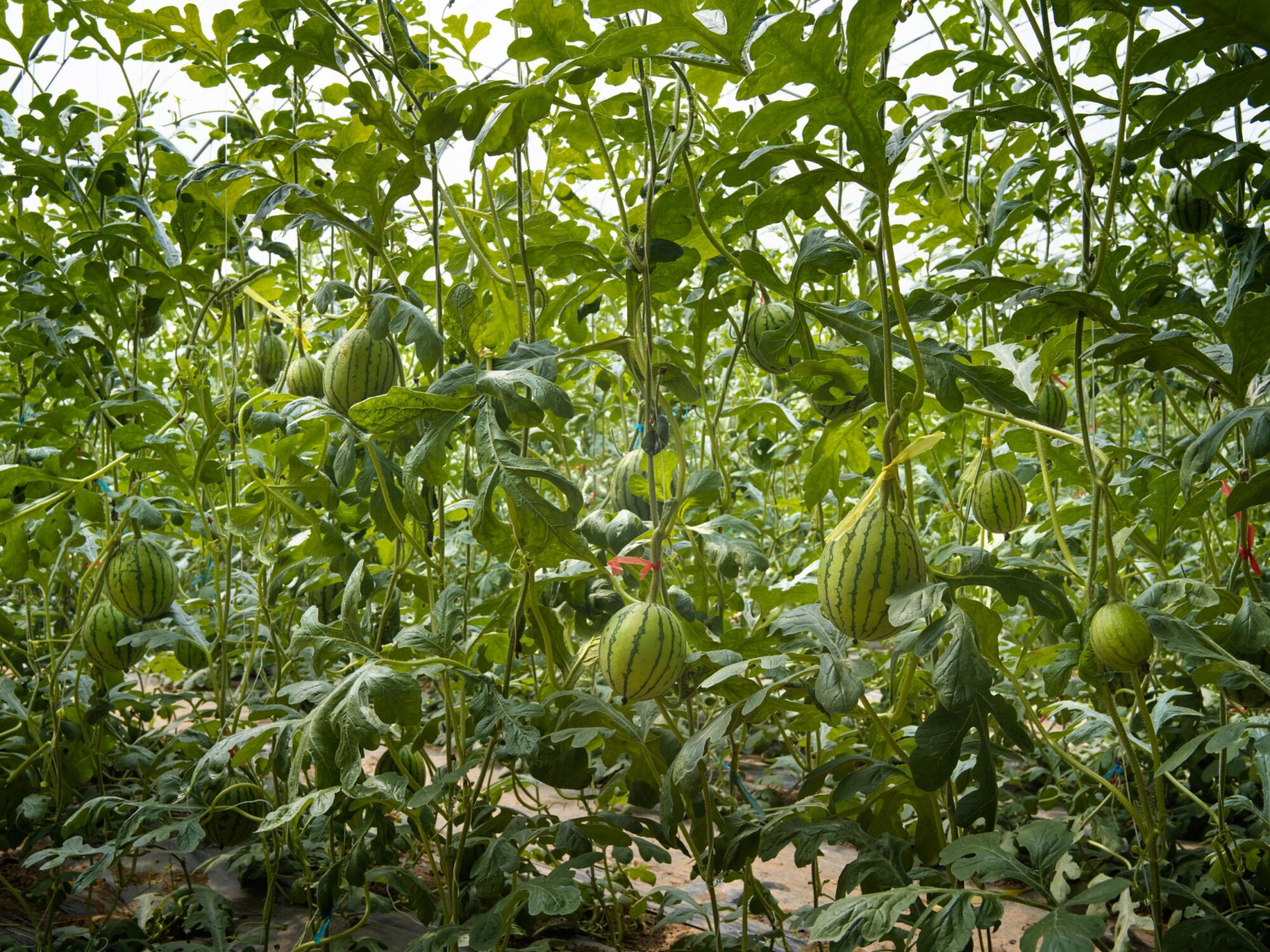
Sources: WUR, FAO, Low-Tech Magazine, Reinventing the Greenhouse and open source ecology
800,000 hectares of solar greenhouses
Incentives offered by the Chinese government have made the solar greenhouse a cornerstone of food production in central and northern China. Solar greenhouses now occupy one fifth of the total area of greenhouse production in China and by 2020 they are expected to cover at least 1.5 million hectares.
More Greenhouses
We picked two other interesting stories about Covered Crops
